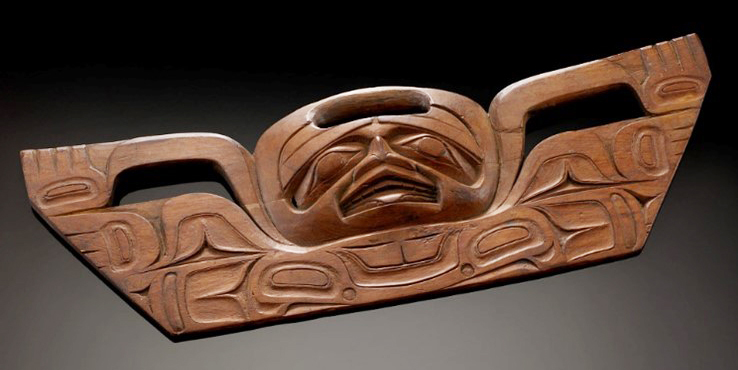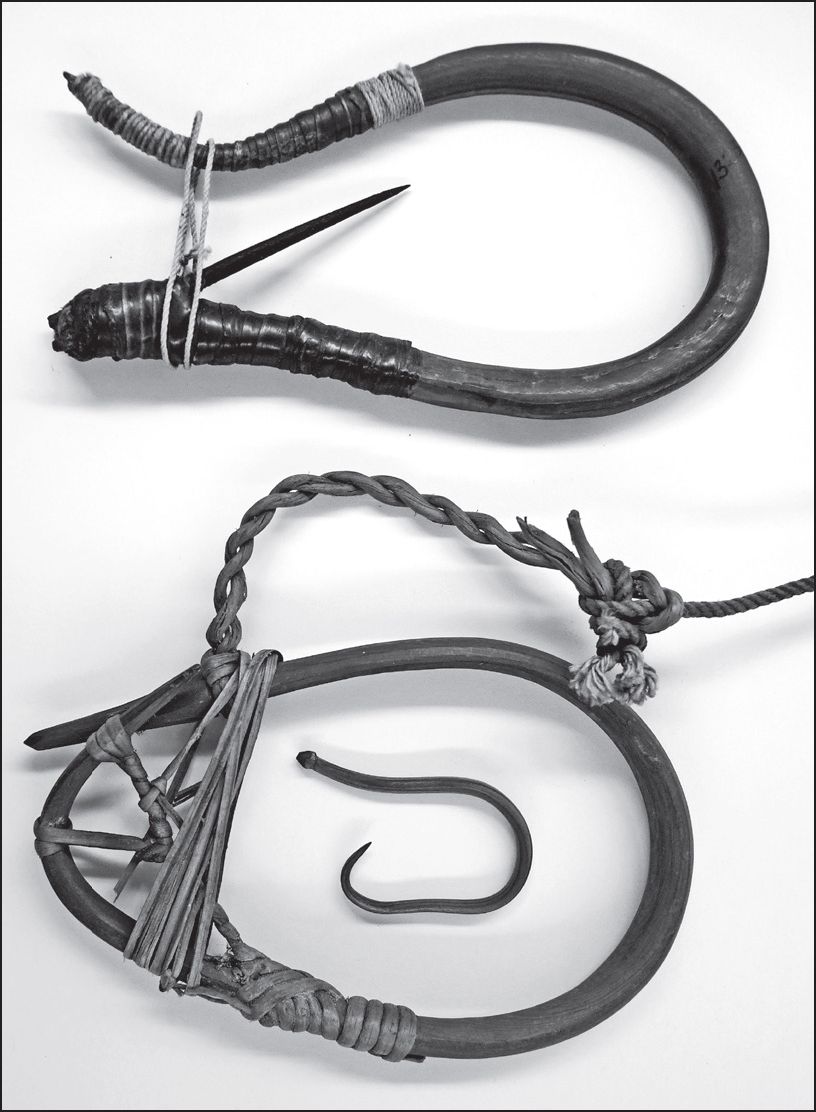
August 05, 2024. Preface The study of the history of bark shredders and bark beaters is important as they were used in the production of one of the most significant raw materials used by Indigenous peoples on the coast of British Columbia – cedar. As Richard Hebda has shown: “Beginning about 5,000 years ago, closed forests dominated by Douglas-fir and including western red cedar (Thuja plicata) and western hemlock developed in the region as climate cooled and moistened” (Hebda 2024). Richard Hebda and Rolf Mathews (1983) showed the correlation between the “maximums of the cedar pollen curves 2000 to 5000 years ago and the development of massive timber working”. They suggested that “it was only during the latter part of … Continue reading “Indigenous Bark Shredders of British Columbia”


